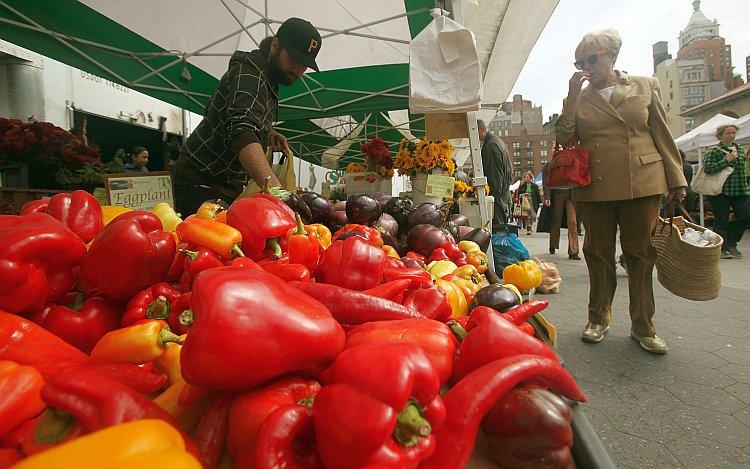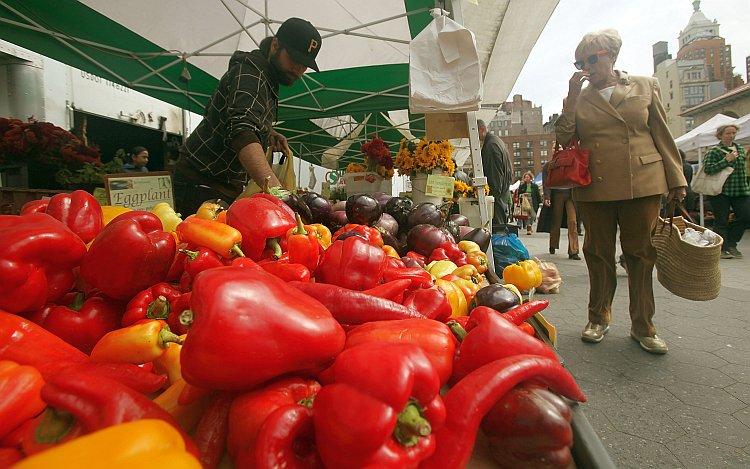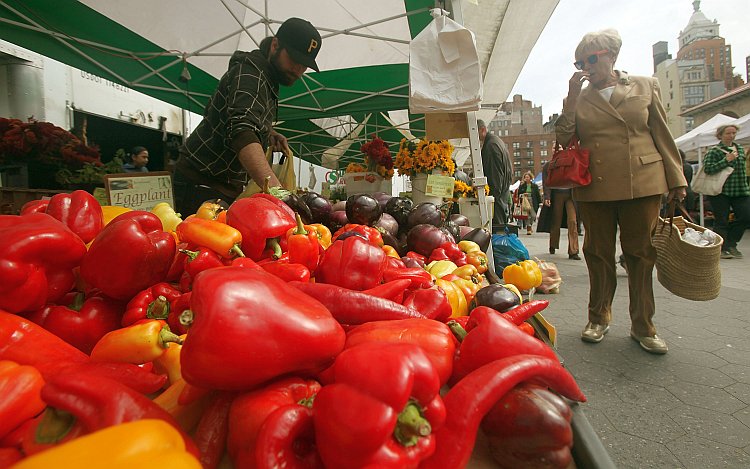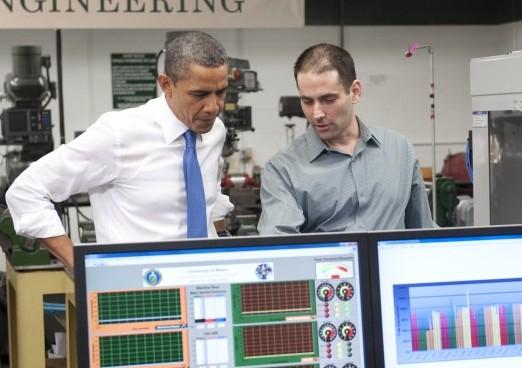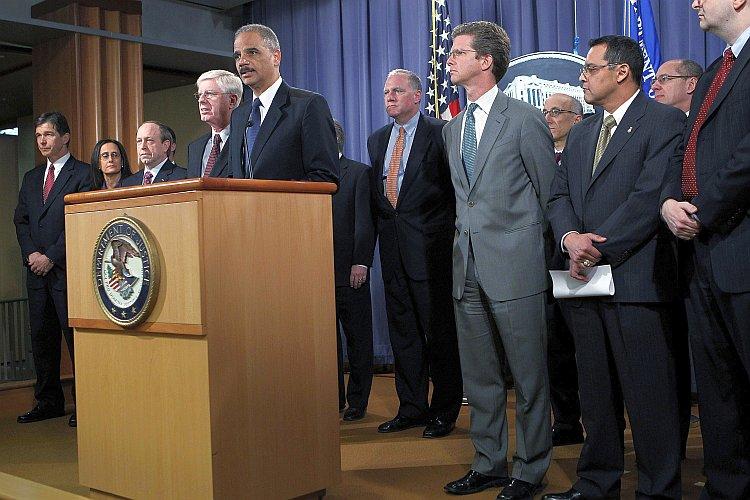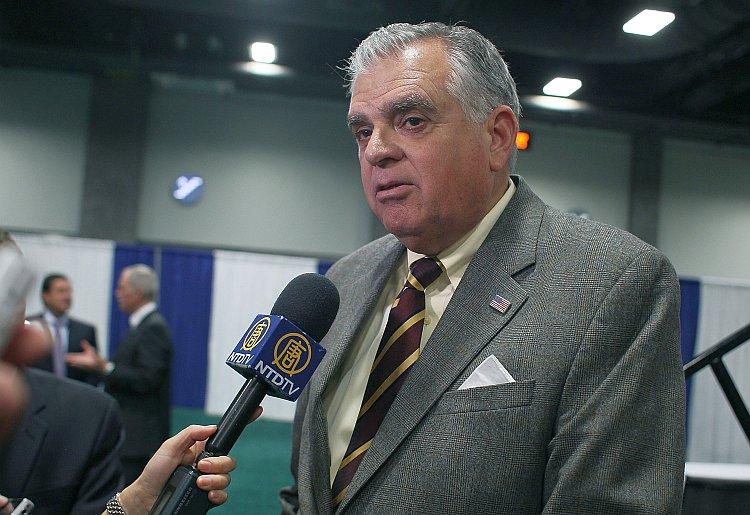Agriculture Secretary Tom Vilsack and Deputy Secretary Kathleen Merrigan of the U.S. Department of Agriculture (USDA) on Wednesday announced the “Know Your Farmer–Know Your Food (KYF) Compass,” an interactive Web-based map that links farmers and produce to the public.
The Compass is the face of the Know Your Farmer–Know Your Food initiative announced two years ago by the department.
“The USDA works every day to strengthen American agriculture, drive job growth, and support farm-family income,” said Vilsack, in a Feb. 29 press release. “The KYF Compass highlights how USDA support for local and regional food systems has brought additional opportunities to our country’s farmers, ranchers, processors, distributors, and food entrepreneurs.
“The stories and maps in the Compass underscore how diverse and innovative American agriculture can be,” Vilsack stated.
The site is an interactive map that allows the public to learn more about the country’s agriculture from all aspects of the industry: from learning about how foods are stored and transported and linking food producers with consumers, to educating young people about careers in agriculture.
Farmers markets are one way that the USDA has helped to link farmers to local consumers. According to Deputy Secretary Merrigan, there are over 7,000 farmers markets throughout the country, and one-third of them participate in the SNAP program (Supplemental Nutrition Assistance Program), traditionally known as the food stamp program.
Last year Massachusetts expanded its growing farmers network by integrating the SNAP program across the state to their farmers markets. Bahia Nightengale, local food coordinator with Southwest Iowa Food and Farm Initiative, said “We actually have a waiting list for communities that would like to start farmers markets, as well as area schools, restaurants, and institutions who would like to purchase more foods from local sources.”
“By encouraging all Americans to know their farmer, USDA is helping consumers learn more about agriculture and the people producing your food,” said Merrigan. “The Know Your Farmer–Know Your Food initiative helps farmers and ranchers tap into a vibrant, growing market opportunity. And it’s also stimulating a broader national conversation about where our food comes from and how important agriculture is to our country.”
The USDA’s interactive map can be found at: www.usda.gov/KYFCompas.
